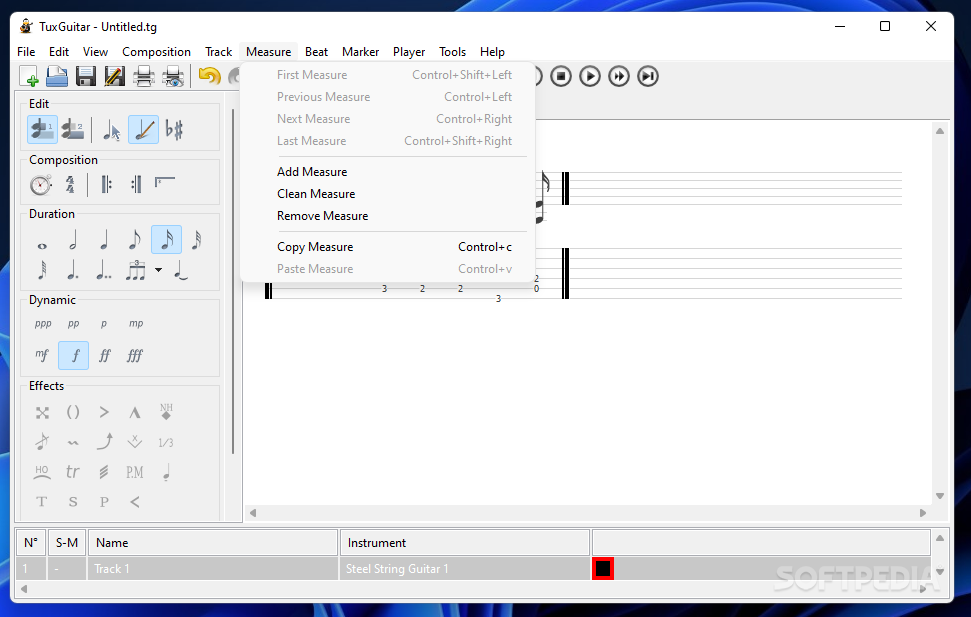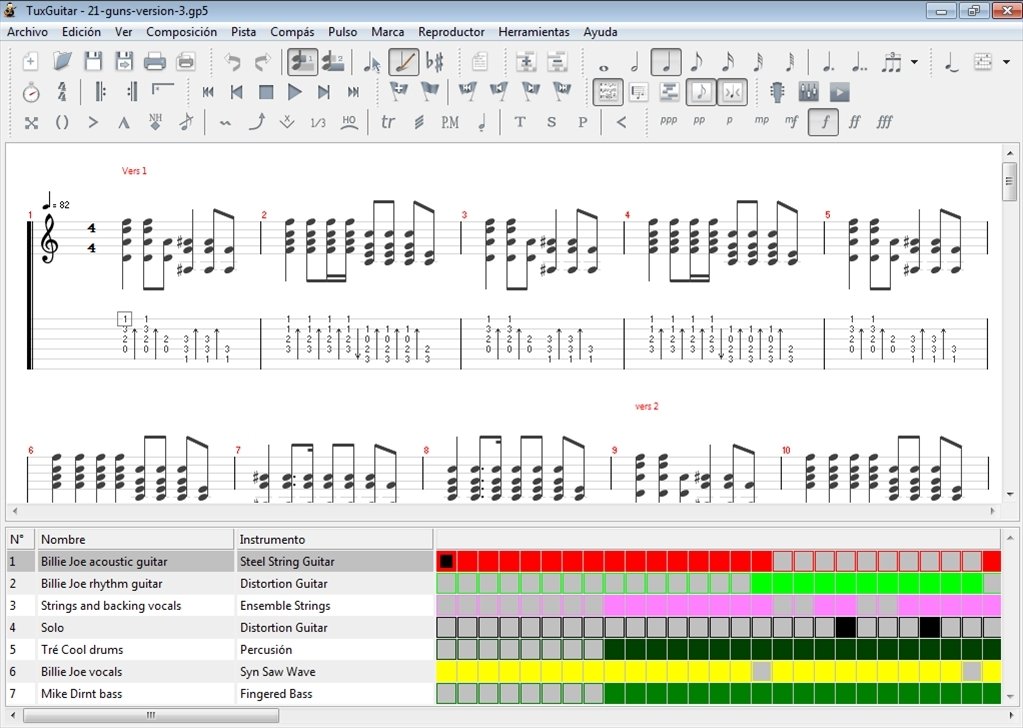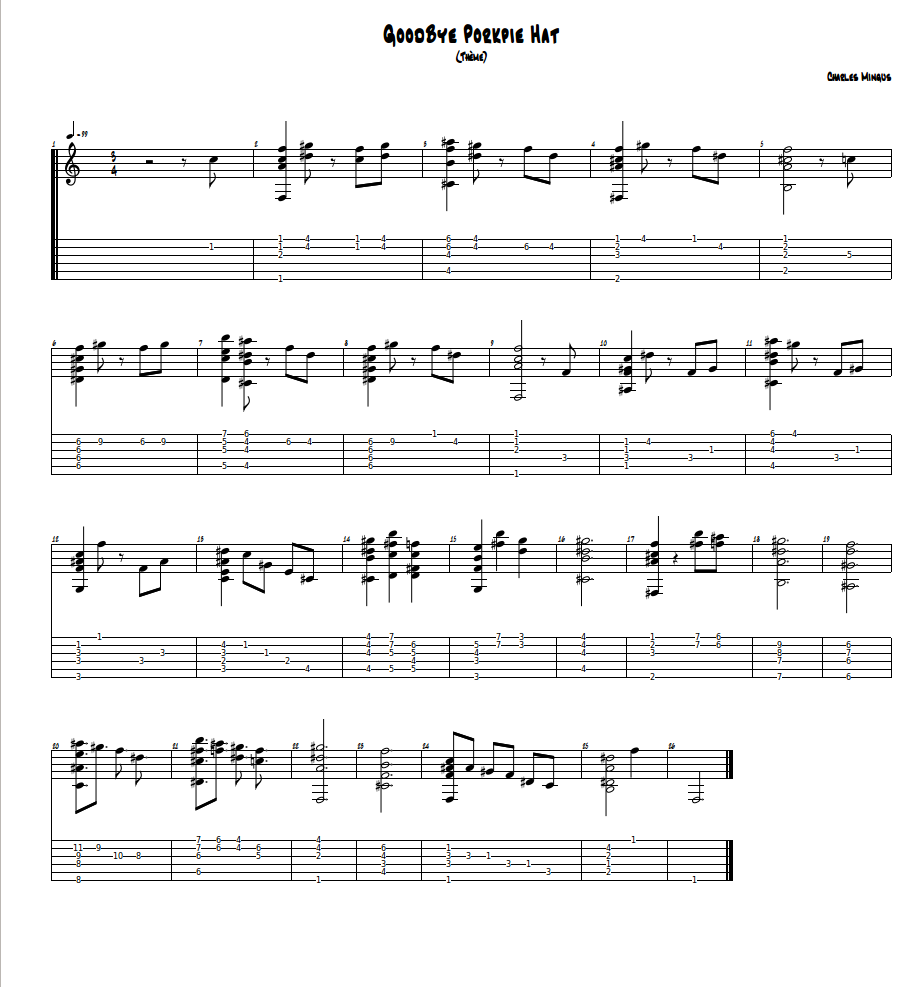
The best alternative is MuseScore, which is both free and Open Source. There are more than 50 alternatives to TuxGuitar for a variety of platforms, including Windows, Mac, Linux, iPad and Android. If not, you may throw your instrument and/or keyboard against the wall. TuxGuitar is described as A Multitrack tablature editor and player and is a very popular music production app in the audio & music category. If all goes well, the sound will be considerably better. sf2 file (e.g. /usr/share/sounds/sf2/FluidR3_GM.sf2)

With TuxGuitar still open, let's setup the new sound font to be used. You can just make an svn checkout of the source code and launch the corresponding file form TuxGuitar-testing folder. gpx file support, and some other useful stuff. The pitches are named according to Scientific Pitch. So, for instance, you could choose to tune a 12 string guitar by doubling each string at pitch or by doubling each string at an octave higher.

Then uncomment (or add this new line) to the timidity config file: source /etc/timidity/fluidr3_gm.cfg
#TUXGUITAR HELP INSTALL#
Next, we need to open the timidity config file (use 'ubuntu software center' to install 'Timidity++ Midi sequencer' if you haven't already): sudo vim /etc/timidity/timidity.cfgĬomment out this line by placing a # at the front of the line, like so: #source /etc/timidity/freepats.cfg If these terminal commands don't work, then you can use the Synaptic Package Manager to install them. In a terminal window, use these two commands to install the Fluid Soundfonts: sudo apt-get install fluid-soundfont-gm

Let's make it sound better with more realistic sound (a.k.a. TuxGuitar is amazing, and its open source! However, in Ubuntu the default soundbank doesn't sound as good as what is available out there.


 0 kommentar(er)
0 kommentar(er)
